8. The House By The Cemetery (1981)*
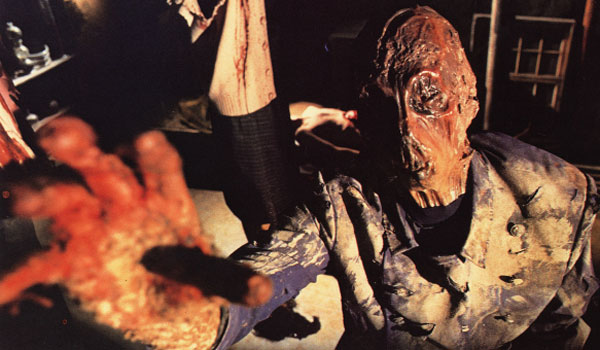
To be prosecuted once for obscenity is bad enough, but (to paraphrase Oscar Wilde) twice is simply careless. Not content with declaring Zombie Flesh Eaters obscene, Britain’s moral watchdogs also took issue with Lucio Fulci’s The House By The Cemetery, much to the puzzlement of the filmmaker’s fans.
Far more explicit than THBTC is City Of The Living Dead, which despite several gruesome sequences never even found its way onto the Video Nasty list. At no point in THBTC, for instance, does anyone throw up their own intestines, tear out a man’s brains or thrust a drill through someone’s cheek.
Essentially an Old Dark House gothic tale, albeit one with gory set pieces, THBTC rubbed the censors up the wrong way with its shots of mutilated corpses and scenes where throats are ripped out, which were enough to get the picture banned. In 2001, the film was prosecuted for obscenity a second time following the discovery of bootleg copies of the uncut VHS, meaning that it wouldn’t be until 2009 – nearly 30 years after it was first shown – that the film would be available in its uncut form.
7. Bay Of Blood (1971)*
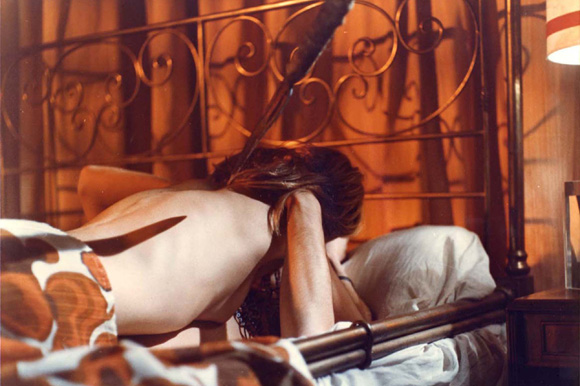
Also known as Blood Bath, Carnage and, confusingly, Last House On The Left II, Mario Bava’s classic was reviled on its release, with even Christopher Lee voicing his concern at the picture’s content. Under its American title, Twitch Of The Death Nerve, the film found its audience in Drive-ins and grindhouses, where it played for years.
It’s the archetypal slasher film where people are stalked and murdered in a remote mansion by a barely-seen killer, but later films such as Friday The 13th would do away with Bava’s convoluted plot and instead concentrate on the grisly murders, which Bay Of Blood has in abundance.
In all, 13 characters meet their end in the film, making it Bava’s most violent picture. Of particular interest to fans of Friday The 13th Part II will be the machete to the face and the young lovers who are impaled mid-coitus, both of which it reuses.
6. Tenebrae (1982)*
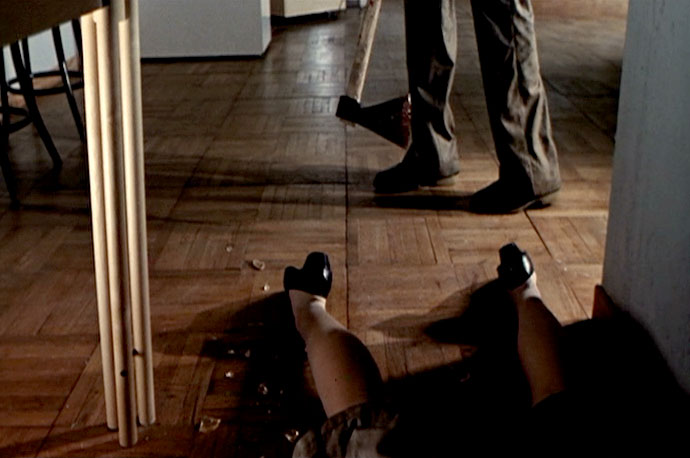
Dario Argento’s Inferno escaped prosecution but Tenebrae was less fortunate, which is too bad because it shows Argento at the top of his game. It’s a demented giallo full of arresting camerawork (by Luciano Tovoli, who also shot The Passenger) with an equally memorable synth-heavy music score composed by several former members of Goblin. In order to keep it from corrupting British viewers, it was unavailable in its uncut form until 2003.
In March 1984, the film was cited as one of the most offensive Video Nasties in the UK and subsequently banned. The major bone of contention was a 4-second shot where, after losing an arm to the killer’s axe, a woman’s bloody stump continues to spray crimson across her apartment.
Did Quentin Tarantino take inspiration from this for a similar scene in Kill Bill Vol 1? You know, he probably did.
5. Zombie Flesh Eaters (1979)*
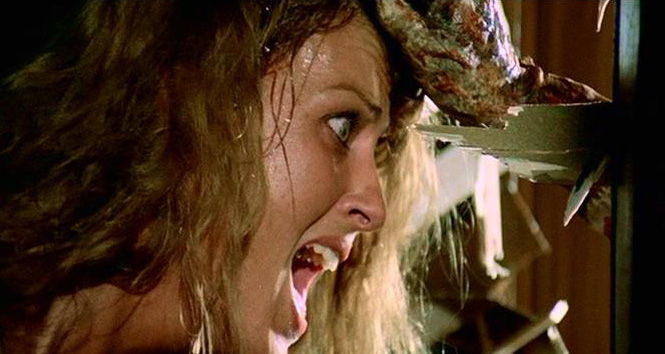
Originally intended for director Enzo G Castellari, Zombie Flesh Eaters is the Italian version of George Romero’s Dawn Of The Dead (1978), which played in Italy under the title Zombi.
Despite being marketed in the territory as a sequel, Lucio Fulci’s film owes less to Romero than to the B pictures of the 1940s. Rather than use radiation emitted from a crashed space probe as a plot device to explain why the dead get up and walk, Fulci attributes the resurrections to voodoo rituals conducted on a Caribbean island.
Such distinctions were lost on the BBFC, who excised the movie’s eyeball piercing from the theatrical prints in 1979. It was present in the “Strong Uncut Version” available on video, though, much to the chagrin of the newly elected Conservative government. Removed from distribution and successfully prosecuted for obscenity, this version of the film wasn’t made available again until 2005.
On its release, Craig Lapper, a Chief Assistant at the BBFC, was questioned about the Board’s attitude towards the film. He said their problems stemmed from “the detail of the violence and gore. There was never any question that the film would seriously harm anybody – just that it was ‘a bit much’.”
As Woody Allen might quip, “You say that like it’s a bad thing….”
4. The Funhouse (1981)
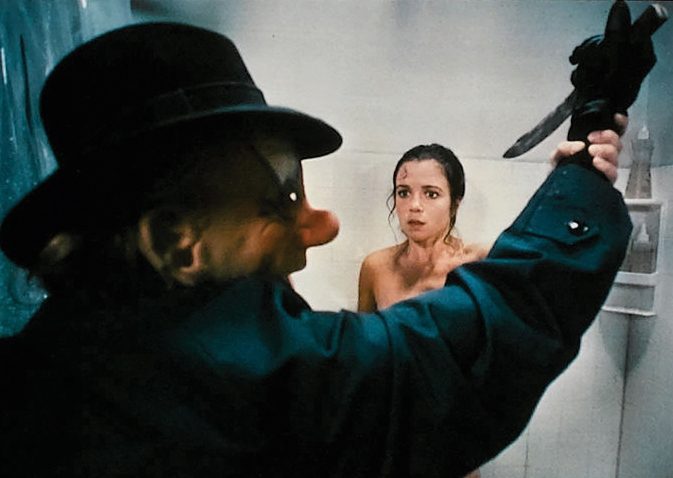
Funhouse may not be as fondly remembered as The Texas Chain Saw Massacre, but it’s still one of Tobe Hooper’s best films, and he uses the bigger budget to give the movie a garish, unsettling look, reflecting the fact that this is after all a Universal horror picture.
For good measure, he throws in a ton of references to the studio’s classic monster movies, and even dresses his lumbering killer in a Frankenstein mask. This fairground is the kind of place that would make Captain Spaulding feel at home, so it’s apt that twenty years later the same studio funded (and later dropped) Rob Zombie’s House Of 1000 Corpses.
Larry Block’s screenplay was novelized by Dean Koontz (writing as “Owen West”), who in the new edition pats himself on the back for fleshing out the thin characters and adding more plot. He also claims the book was selling just fine thanks until the lousy movie opened and caused sales to plummet, which explains why Koontz never offered Watchers or Hideaway to Hooper to direct.
Talk about a lucky escape….
3. The Evil Dead (1981)
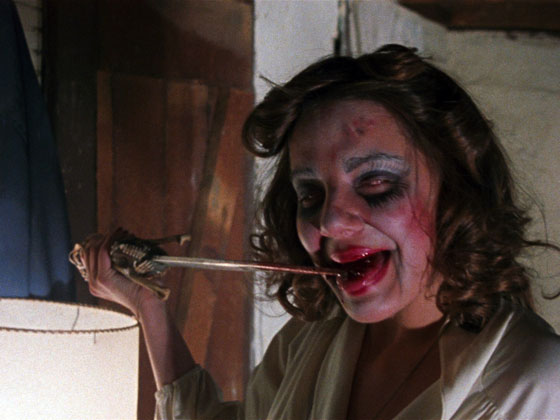
The BBFC originally decided to pass Sam Raimi’s classic uncut, conceding that its college humour and over the top splatter was unlikely to warp the intended audience. Head censor James Ferman changed his mind, however, when another reviewer claimed the movie had “affected her physically” and left her feeling that her “bodily integrity had been attacked.” Cuts were now required: the number of shots of a pencil being twisted in a leg were reduced, as were the number of blows inflicted on Bruce Campbell’s character.
It was this version that played in UK cinemas, but when the movie came to video, the lack of an age rating system caused concern among moral watchdogs. Dubbed the “number one nasty” by Mary Whitehouse, The Evil Dead’s distributor, Palace Pictures, ended up in court charged with distributing an “obscene” videotape. Facing imprisonment and a £20,000 fine (not to mention potential bankruptcy) the company breathed a sigh of relief when the jury at Snaresbrook Crown Court returned a ‘not guilty’ verdict in November 1983.
None of which meant that the film could now be enjoyed at home in its uncut glory. In fact, when the movie was resubmitted to the BBFC in 1990, they increased the cuts made to the cinema version from 49 seconds to 1 minute 55 seconds. It wasn’t until 2001 that British audiences got to see The Evil Dead in its unexpurgated version.
2. Cannibal Holocaust (1980)*
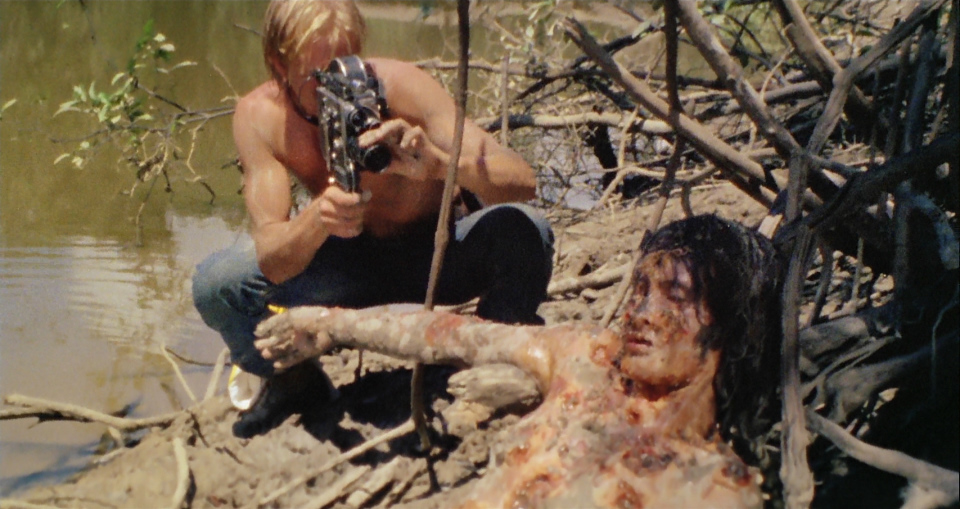
What Mario Bava’s A Bay Of Blood is to the slasher film, Ruggero Deodato’s Cannibal Holocaust is to the Found Footage movie. In fact, a good tagline for the movie might’ve been: “In February 1980, four young filmmakers disappeared in the Amazon jungle while shooting a documentary. Two months later, their footage was found.”
So authentic was Ruggero Deodato’s movie that after the Italian premiere, he was arrested and charged with obscenity, a charge he evaded only when he produced his actors in court to prove he hadn’t made a snuff movie. What he couldn’t dispute was that all the violence against animals in the movie was real.
Pigs, racoons, turtles, monkeys and snakes were slaughtered by Ruggero and his crew, which helped Holocaust acquire its reputation as “The most controversial movie ever made”, although being banned in a rumoured 50 countries (including Italy and Norway) probably didn’t hurt either.
In the UK, the film bypassed cinemas and appeared on video in February 1982, sporting outrageous cover art that showed a native eating intestines. This promptly brought the film to the attention of the authorities and in July 1983 it was withdrawn from distribution and prosecuted for obscenity. The picture wasn’t available again until 2001, when it was released in a heavily edited version that excised several scenes of sexual violence and animal killings.
1. The Beyond (1981)
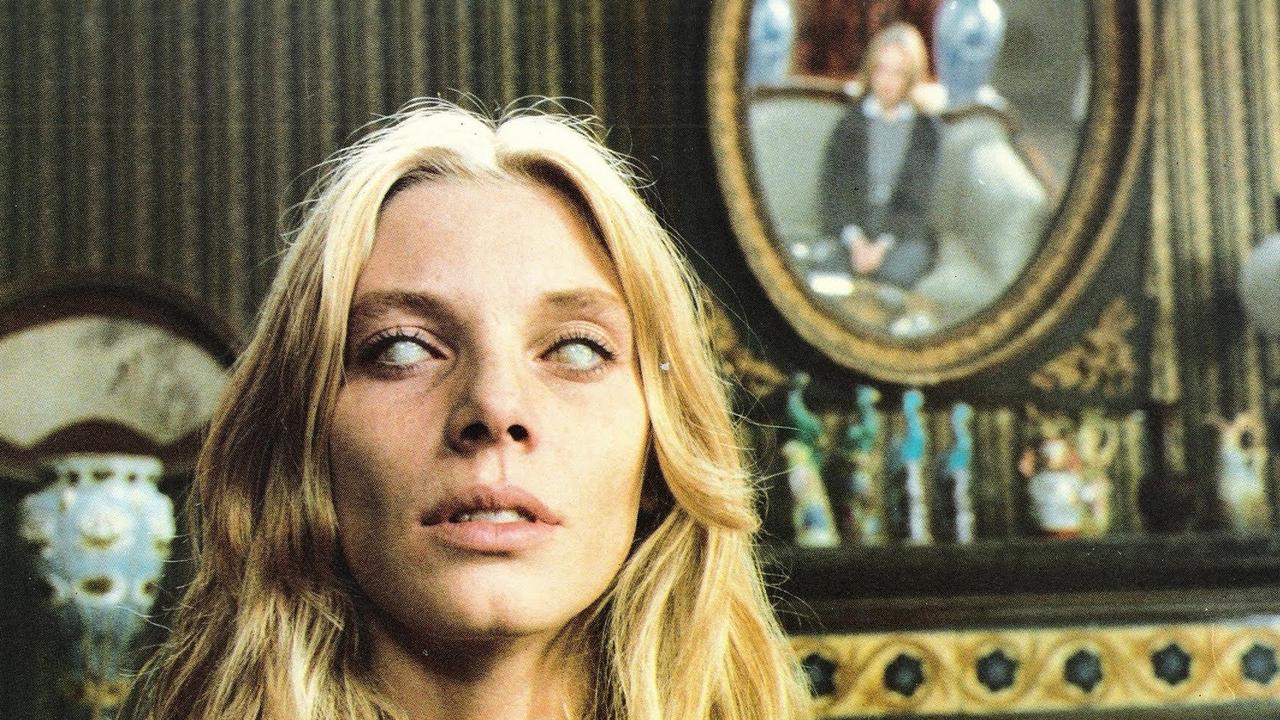
After a lengthy career directing comedies, westerns and thrillers in Italy, Lucio Fulci had his biggest commercial success with Zombie Flesh Eaters (1979), which typed him as a horror director and led to City Of The Living Dead (1980), House By The Cemetery (1981) and New York Ripper (1982). The British censors weren’t remotely ambivalent about these films: they hated them.
Banned as a Video Nasty in November 1983, The Beyond was available in an edited version from April 1985 and released uncut in 2002, with 1 min 26 sec of chain whippings, eye gougings and spurting blood reinserted. The film finally gained some respect, but Fulci wasn’t around to enjoy it – he died on March 13 1996, following a series of health problems.
Unusually for a cheap exploitation movie, The Beyond’s poster features several images taken straight from the movie. And what images: there’s Sarah Keller’s blind girl, the zombie attack on Catriona MacColl, and David Warbeck blasting part of a zombie girl’s face away. If that doesn’t whet your appetite for gory mayhem, then the trailer promises flesh-ripping spiders, a face dissolved by acid and a man being nailed to a wall – all set to Fabio Frizzi’s memorable score.
Fulci was at the top of his game here, and for a movie shot quickly and cheaply, The Beyond looks like a million bucks. It failed to impress Roger Ebert, who in a half-star review adopted the condescending tone that critics reserve for horror films. He has great fun mocking the dialogue and pointing out that a hospital sign reads “Do Not Entry”, but at no point does he mention Sergio Salvati’s incredible photography or Frizzi’s score, both of which are so important to the film’s success.
Then again, what did you expect from the screenwriter of Beneath The Valley Of The Ultra-Vixens?
Author Bio: When not working towards his Film Studies degree, Ethan Wilson writes about the joys of watching trash cinema. Under the name “Duane Bradley”, he wrote the bizarro novellas Sick In The Head and Second Coming, published by Comet Press.